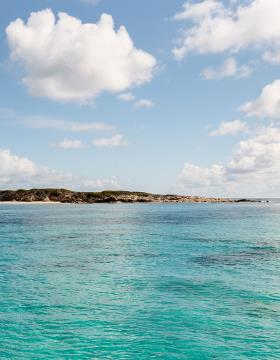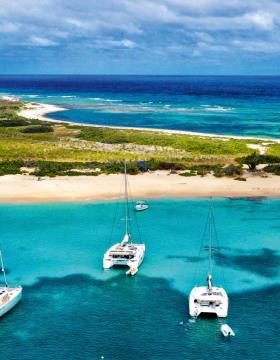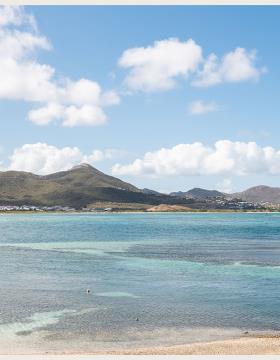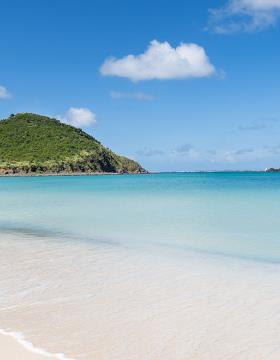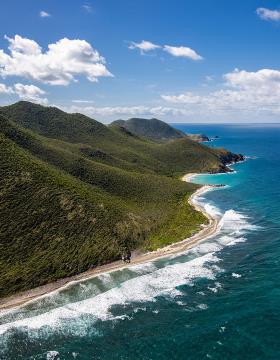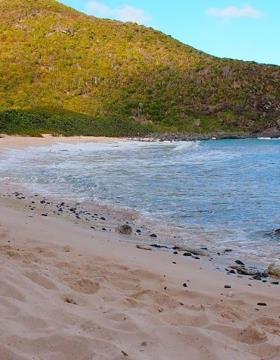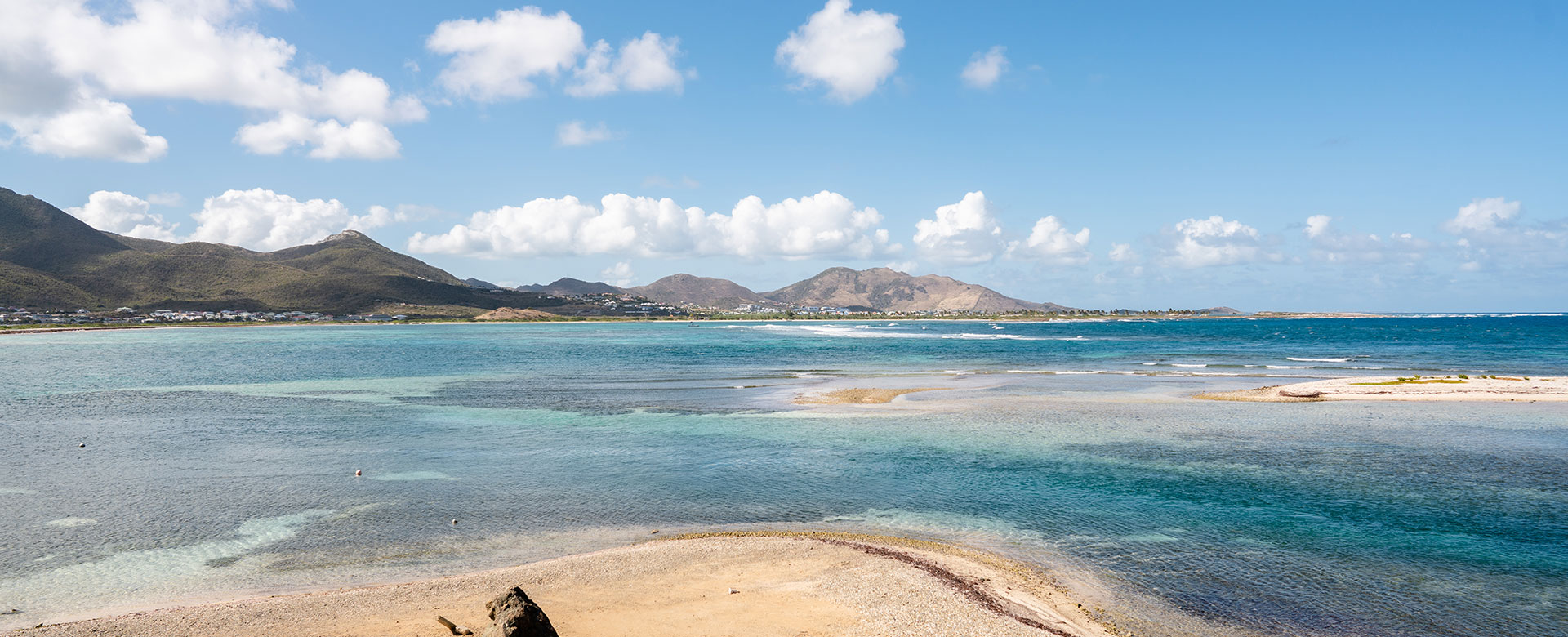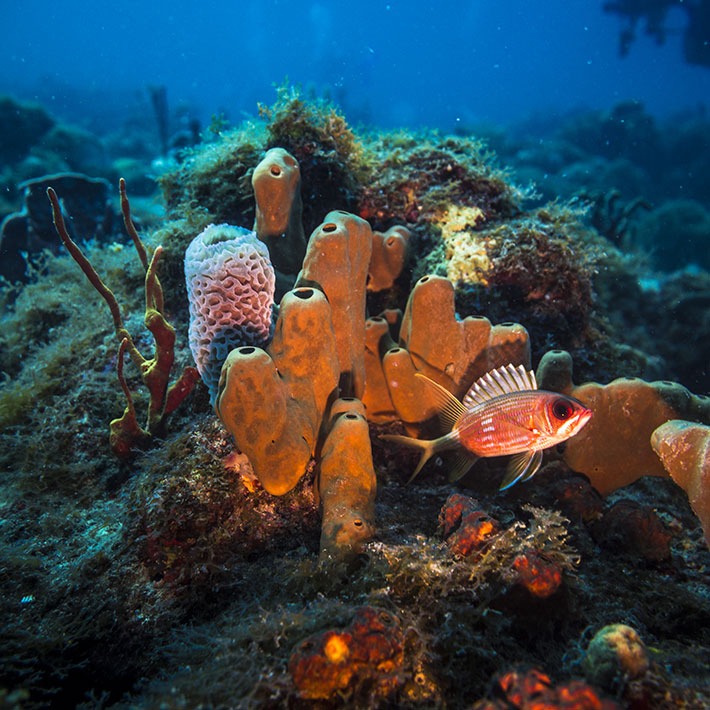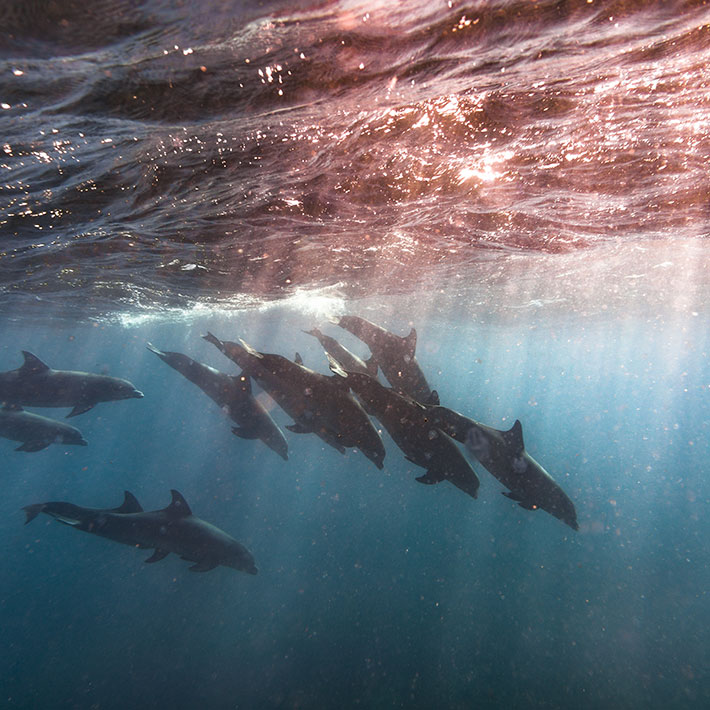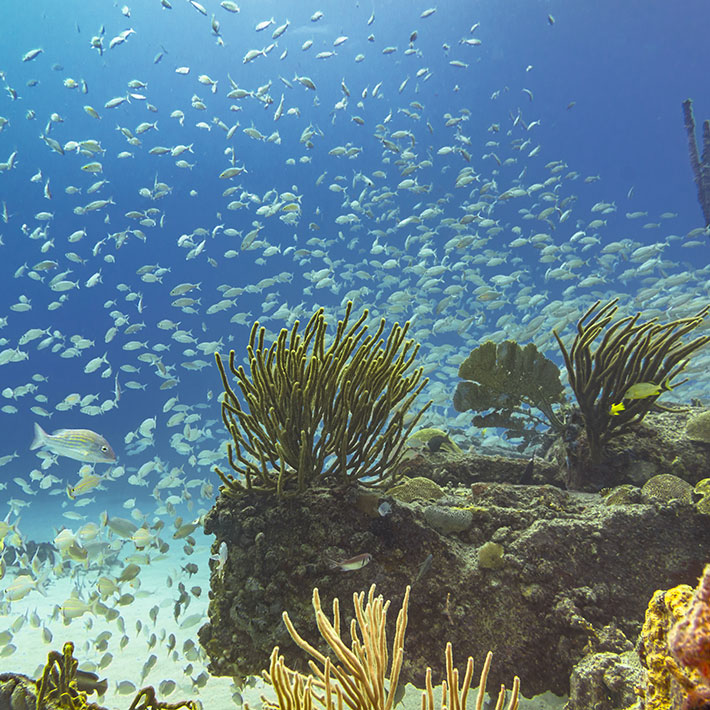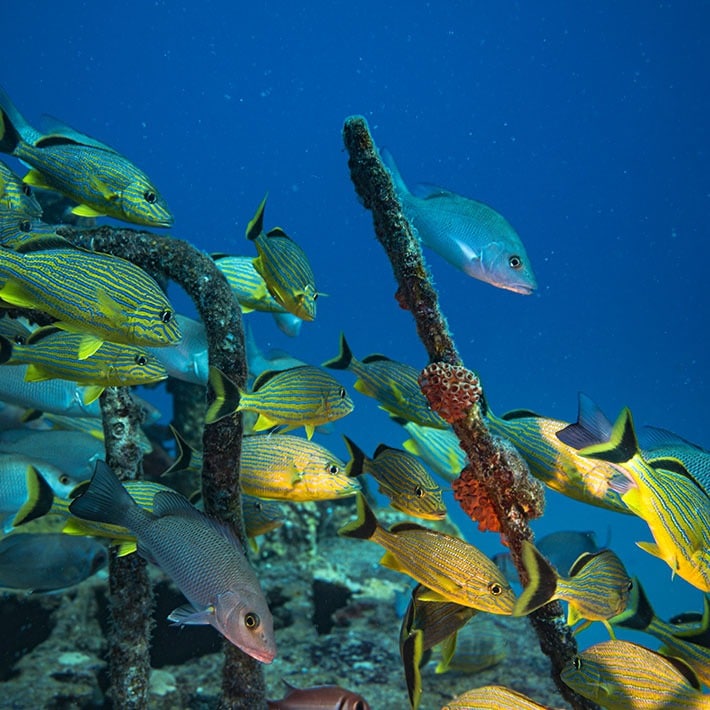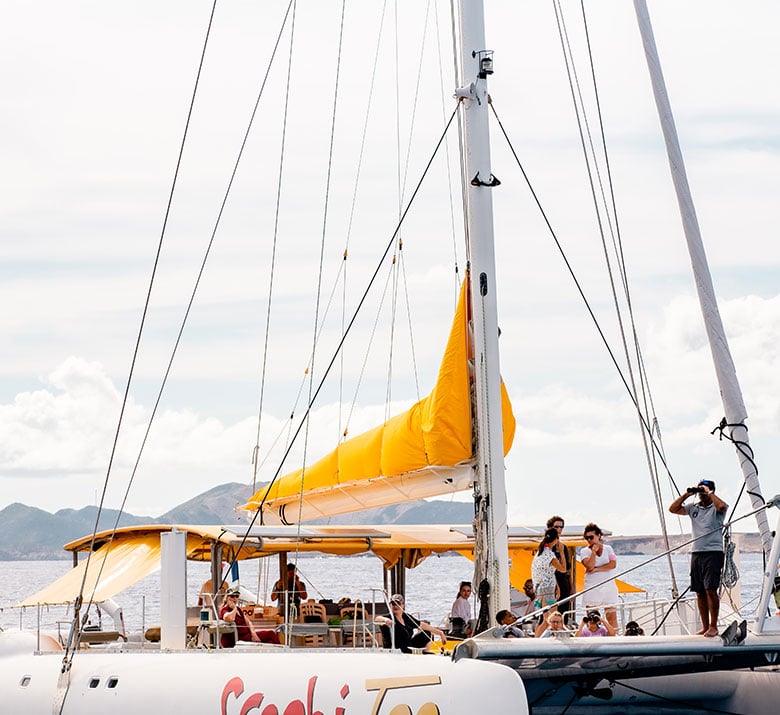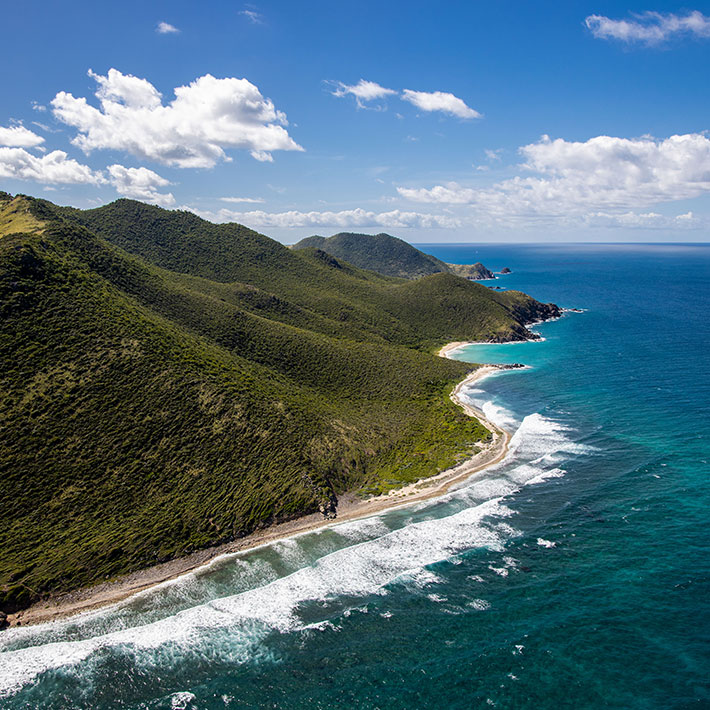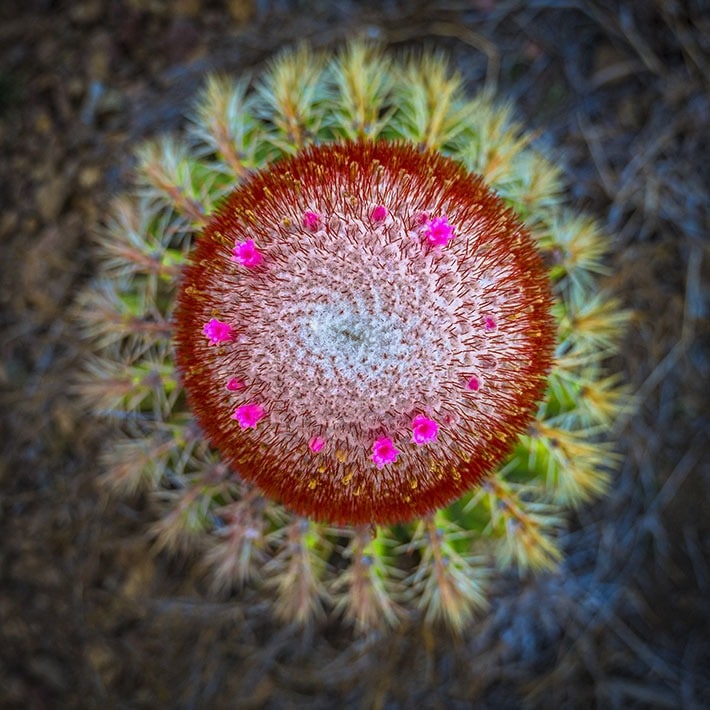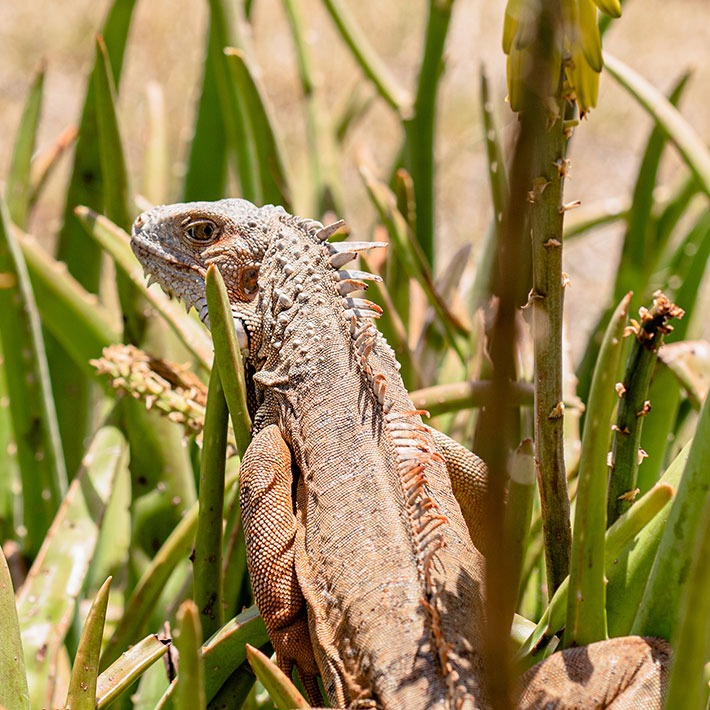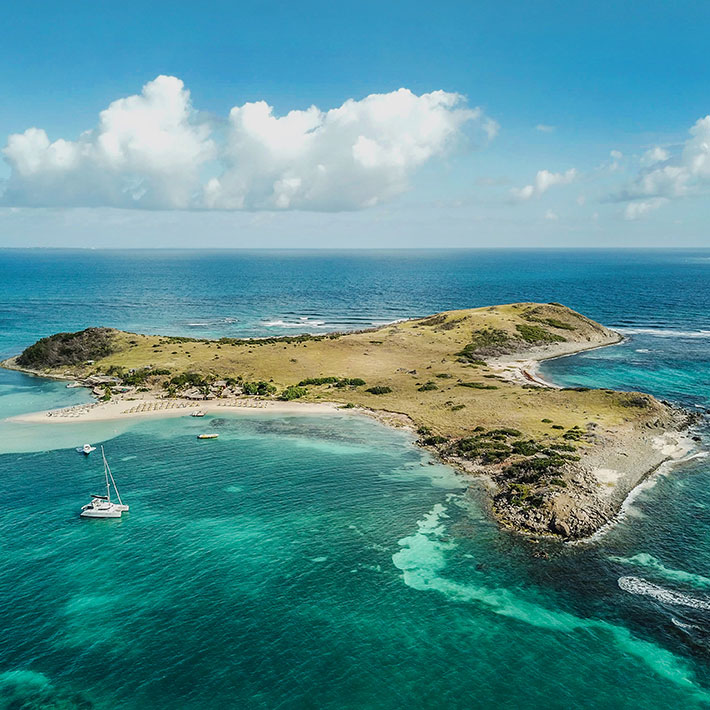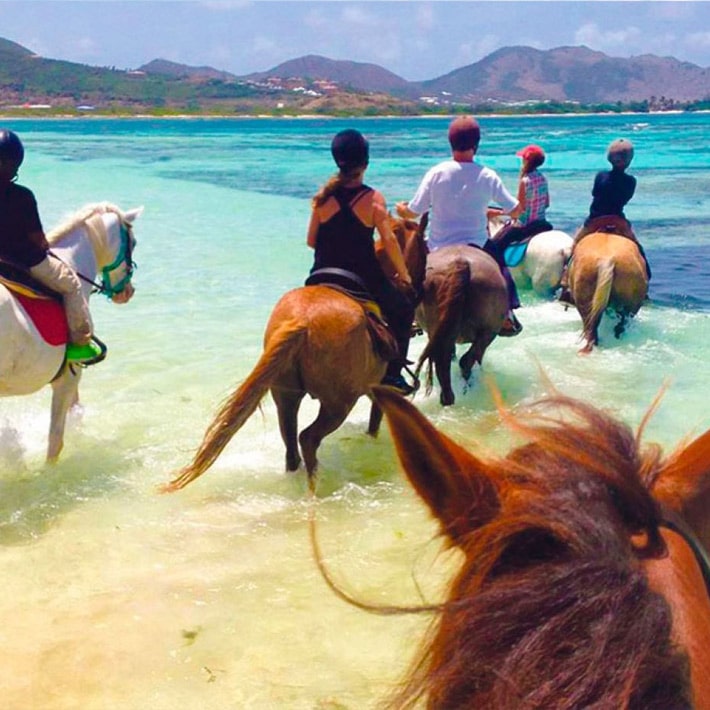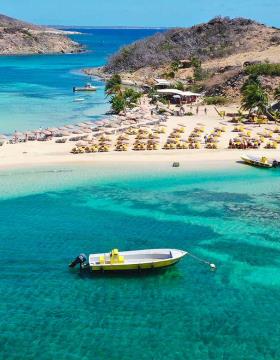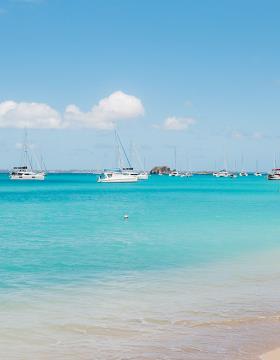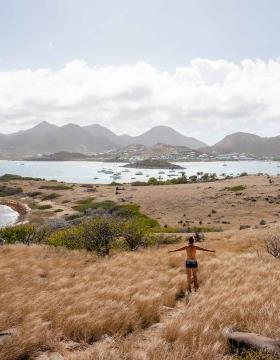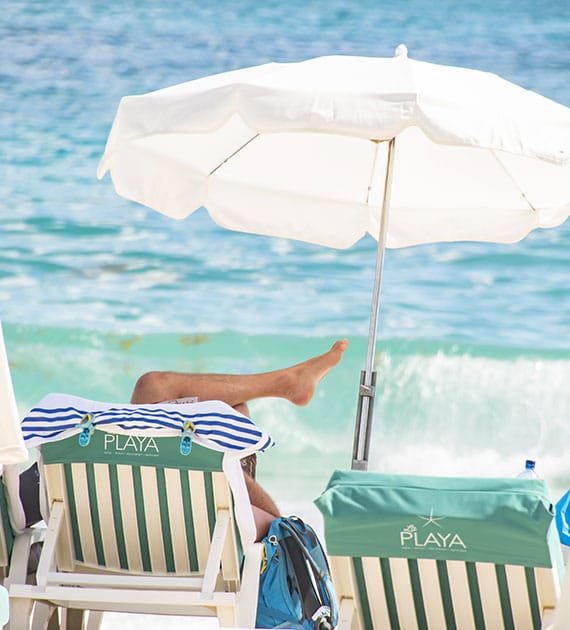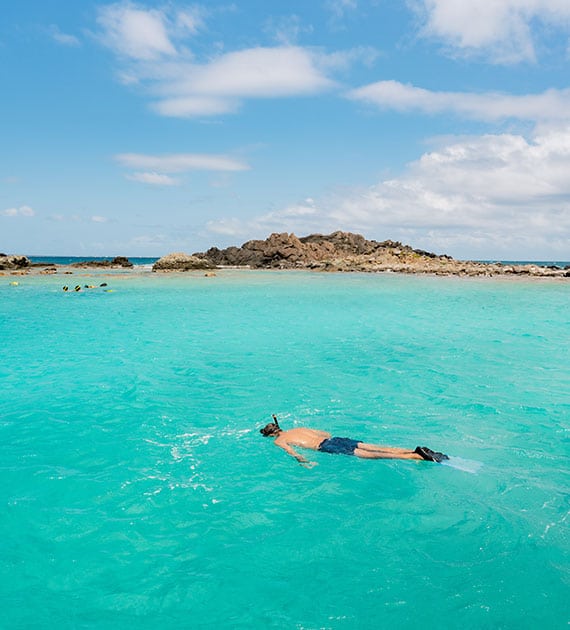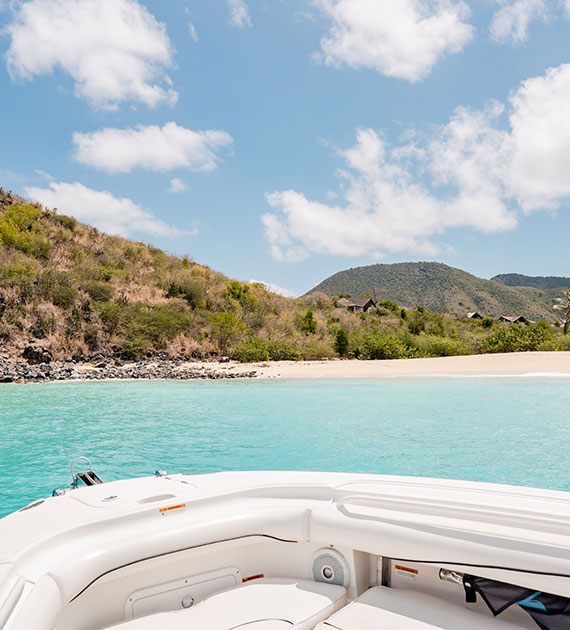The St. Martin Nature Reserve was created in 1998 and covers 3,060 hectares and 11 km of coastline, in the north-east of the island, on the French side. The biggest part is the Marine Reserve found on the plateau between the islands of Anguilla, St. Martin and Saint-Barthelemy. The terrestrial section of the Nature Reserve is made up of rocky coastline, cliffs, beaches and mangroves. The wetlands around the fishpond and the salt flats of Orient Bay are also a part of this protected zone. The small islands on the east coast such as Pinel, Petite Clef, Green Cay, Tintamarre, and the islands of Coconut Grove, as well as the famous Creole Rock, facing Grand Case Bay, are also included in this natural sanctuary. The goal of St. Martin Nature Reserve is to protect the island’s five main ecosystems: the coral reef, the mangroves, the phanerogam seagrass bed, ponds and the coastal forest.
St. Martin Nature Reserve is home to some unique sites
The different sites shelter diverse marine and terrestrial plant and animal species, and among them are several protected species. Discovery trails invite hikers to explore the great ecosystems in this vast Caribbean nature reserve.
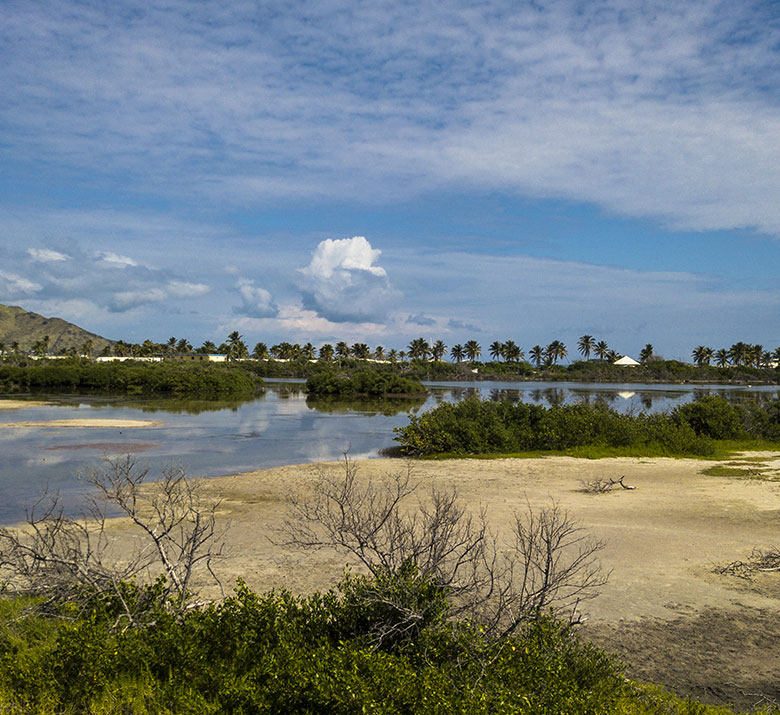
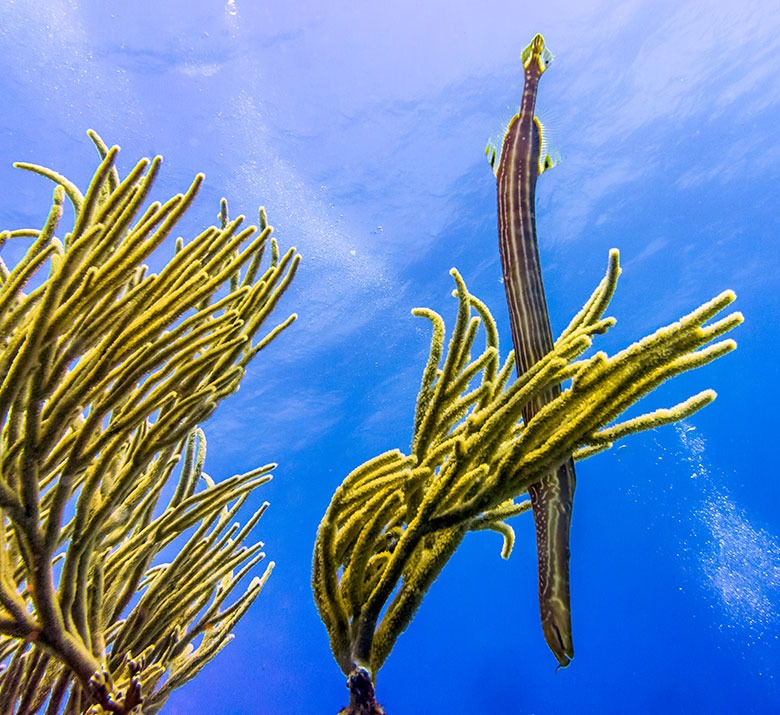
The phanerogam seagrass bed and the coral reef
On the seabed, the ecosystem is very representative of biodiversity. The seabed is home to seagrass that play an essential role in purifying the waters along the coastal area, and numerous species flourish here, using the seagrass for both shelter and a food source. In St. Martin, the seagrass bed is described as a phanerogam, meaning it is made up of flowering plants, not algae. They play an important role and are of great ecological value. The coral reefs are also a key part of the marine balance, because they protect the coast from the swell and serve as the habitat, food store, and refuge for thousands of species. In the middle of this aquatic jungle, lambis and spiny sea urchins flourish. Countless multicolored fish reproduce here such as the lionfish, boxfish, angelfish and parrot fish.
Between the Orleans neighborhood and Oyster Pond (Lucas Bay), visitors can discover the whale observatory, above the Atlantic Ocean. St. Martin is also part of the marine mammals sanctuary of the French West Indies. Humpback whales and bottlenose dolphins often venture into the waters of the Nature Reserve.
On Pinel Island, an underwater discovery trail has been created to be able to observe the wonderful species of fish and corals, without damaging them. It isn’t rare to see traces of the presence of sea turtles, and several different species live in the waters of St. Martin, including the leatherback sea turtle and the green turtle.
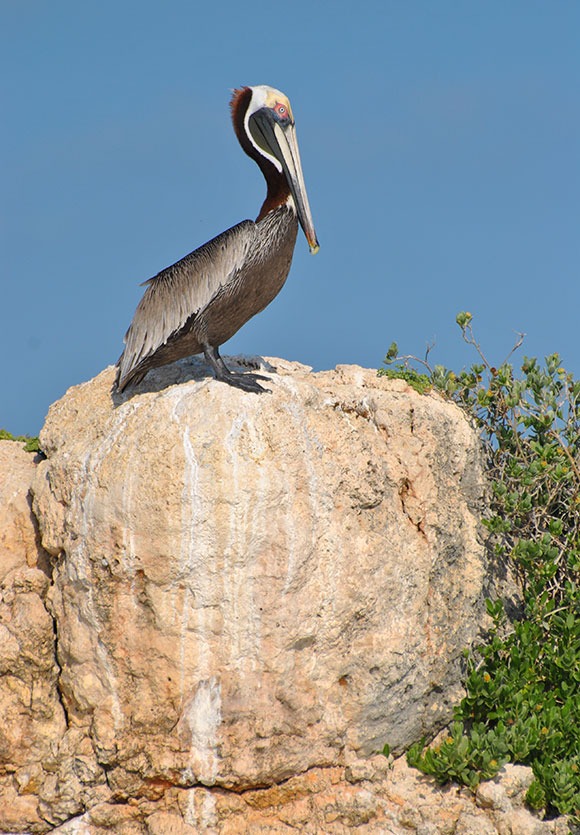
The mangrove and ponds of St. Martin Nature Reserve
The ponds and mangroves are two overlapping ecosystems, between land and sea. Vast stretches of water blend into the dense forests, surrounded by mangrove trees.
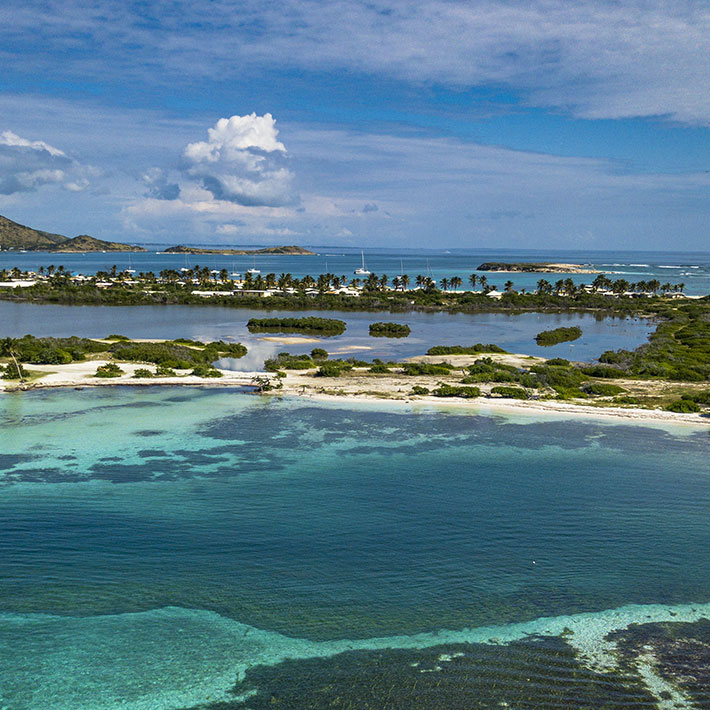
The ponds prevent the forests from being flooded after heavy rain, protect the coast from the rough sea, filter the silt and purify the waters before they flow back into the sea. The mangrove and ponds are home to hundreds of birds, and there are small paths winding through the area, making these natural landscapes accessible. Small and large birds live side-by-side and together form a unique diversity. The hummingbird, bananaquit and the gray kingbird, as well as the large tropicbird, bridled tern, Audubon’s shearwater and the least tern are all part of the Caribbean landscape, as well as some large waders such as the black-necked stilt, the great egret and the snowy egret. The iconic pelican can easily be seen fishing near the coast. The teams at the Nature Reserve were lucky enough to catch a glimpse of three quite rare species at Guichard pond: a northern shoveler, a pair of pintails and two lesser scaups.
The dry forest
The dry forest is home to some beautiful trees and shrubs, native to Africa but now very commonly found in the Caribbean. The tamarind tree, the mango tree, the flamboyant tree, the kapok tree, red gum and guava berry all flourish on the island of St. Martin. Some beautiful plants and remarkable flowers grow naturally in St. Martin, including wild orchids, hibiscus and aloe, which are all a pleasure to the eyes and have countless benefits. Some small white butterflies, known as the great southern white flutter around the big trees, and give the impression that they are covered in flowers. It is very common to see iguanas here, even in private gardens. They resemble prehistoric creatures but are harmless, and are particularly spectacular to see. Between Anse Marcel and Grandes Cayes beach, via the deserted beach of Petites Cayes, you can cover the 2.8 miles of the Froussards footpath in two and a half hours, across the last intact coastal forest on the island. On the Froussards footpath, you can discover some unique plant species such as the Turk’s cap cactus, which is now endangered all over the world, but is flourishing here on the island. It can be recognized by its bright red caphalium covered in spines, making it easily distinguishable amongst the dry grasses on the coastal heathland.
On Pinel Island, there is a 0.9 mile footpath connecting the three beaches of this symbolic place, which is a perfect example of the dry forest ecosystem. Informative signs and two orientation tables have been set up there so that hikers can identify the local plant species and the birds that tend to be seen around this area.
The Ranch du Galion in the Orleans neighborhood offers horseback rides into the Nature Reserve. Accompanied by a qualified instructor, you can find out all about the medicinal plants growing between the mangrove and the coastal heathland, while enjoying a pleasant ride on the friendly horses. Set off on a long ride into St. Martin Nature Reserve, between land and sea. Thanks to the horses, you’ll be able to cross even the most rugged and inaccessible terrain, for an exceptional day out in the great outdoors.
Just for you

Ilet Pinel / Pinel Island
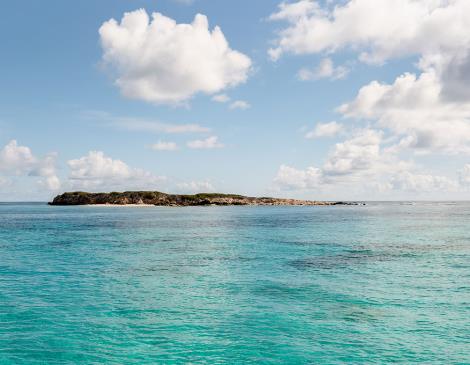
Caye Verte
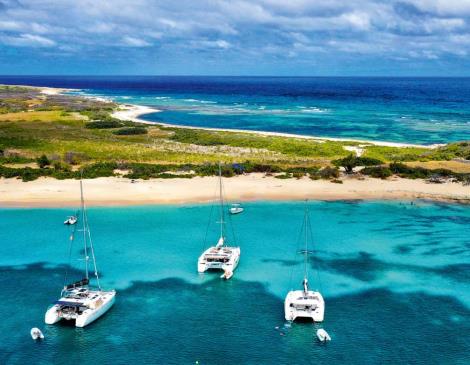
TINTAMARRE
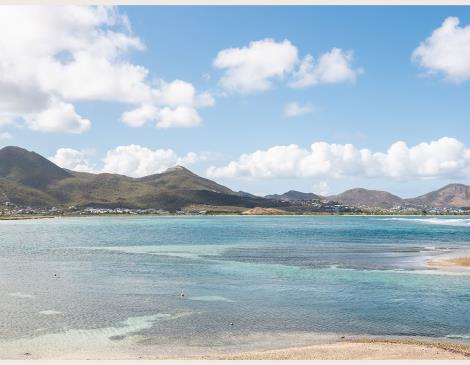
Baie de l'Embouchure
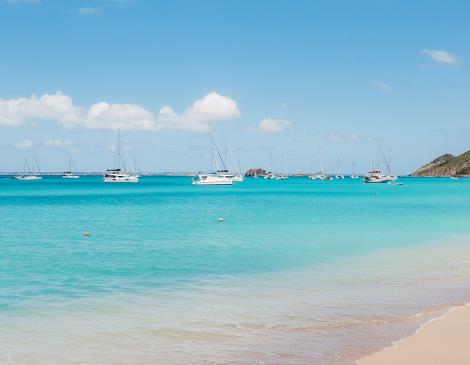
LA PLAGE DE GRAND CASE
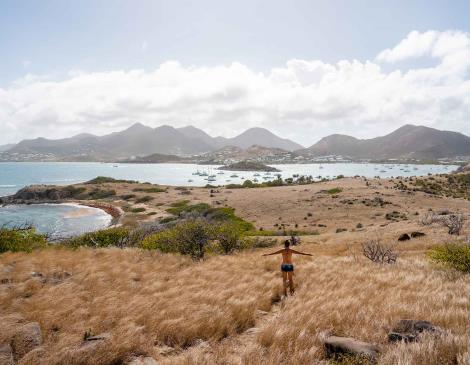
RESERVE NATURELLE DE SAINT-MARTIN
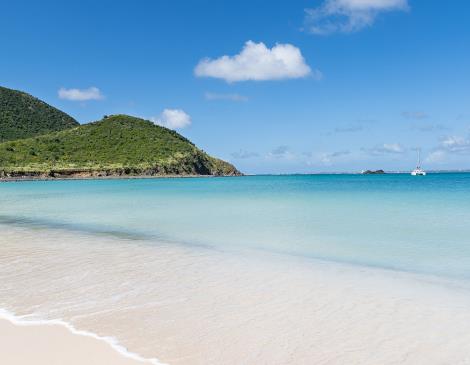
Anse Marcel
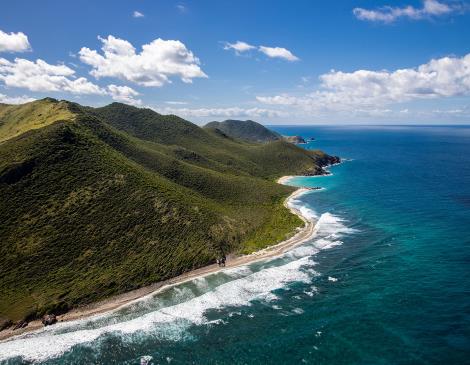
Grandes Cayes
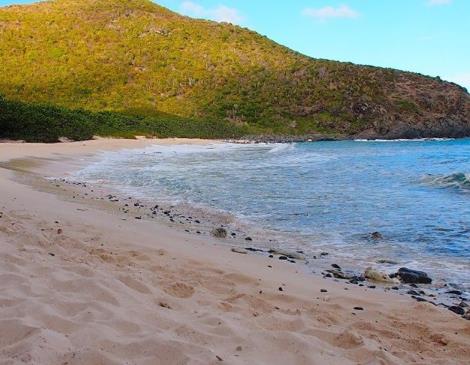
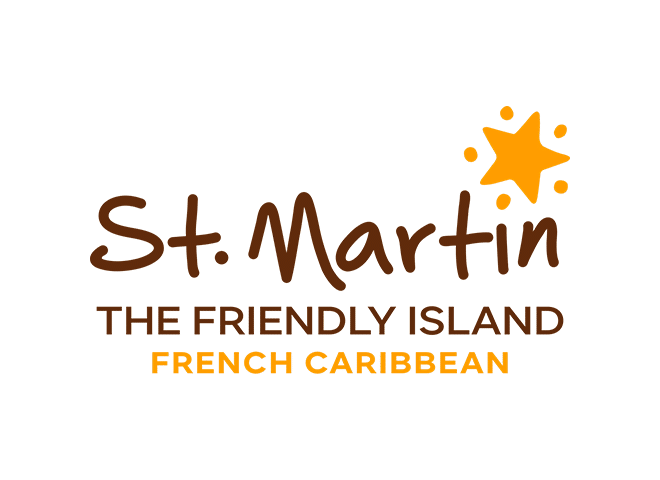
LE RANCH DU GALION
